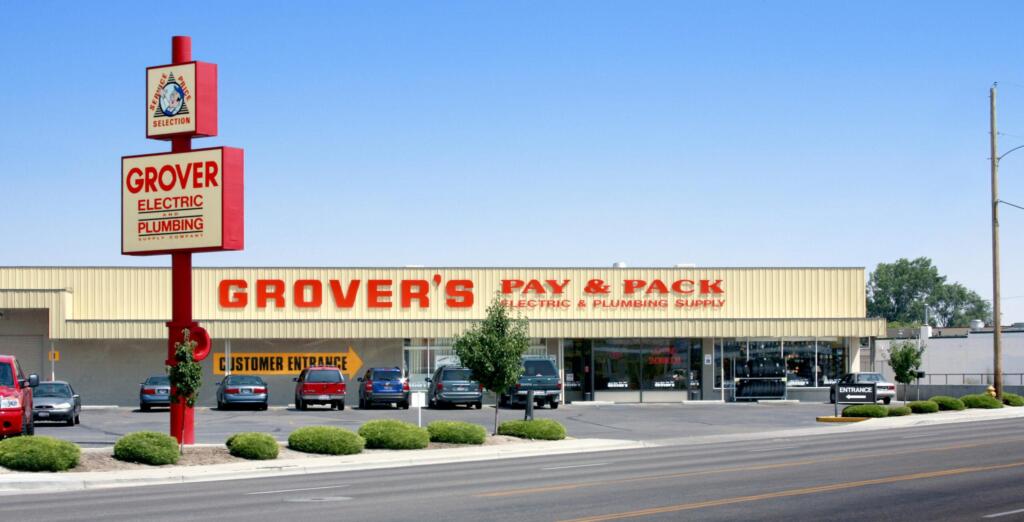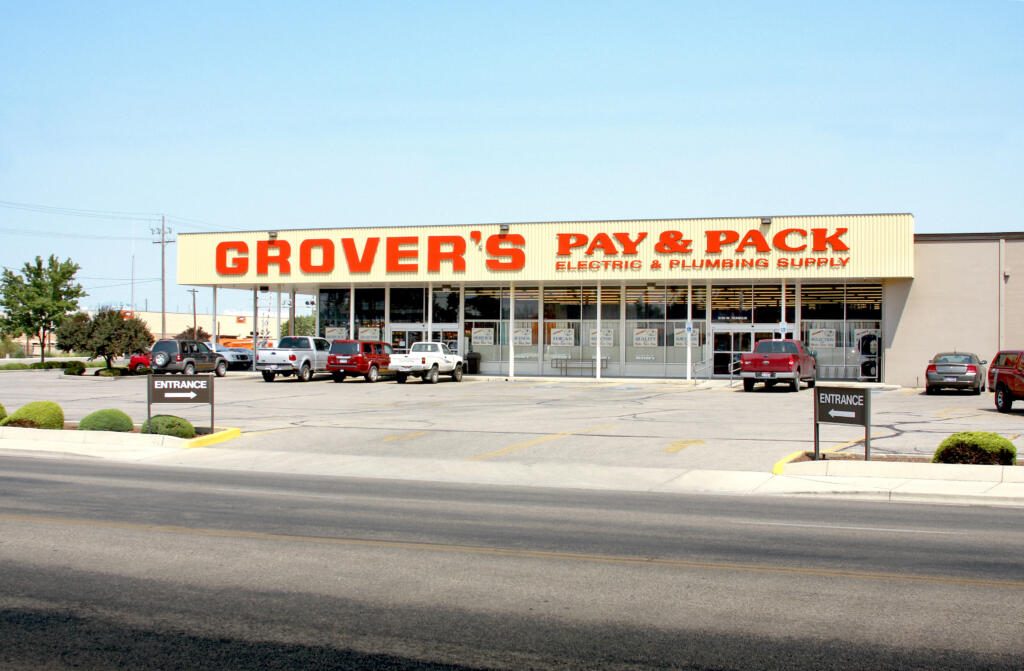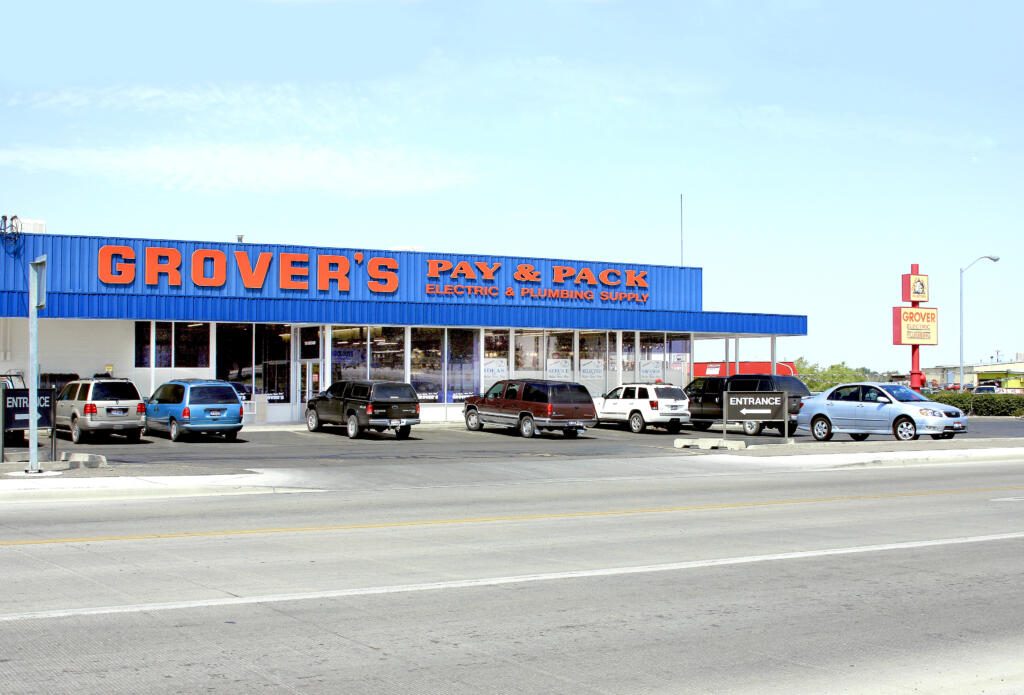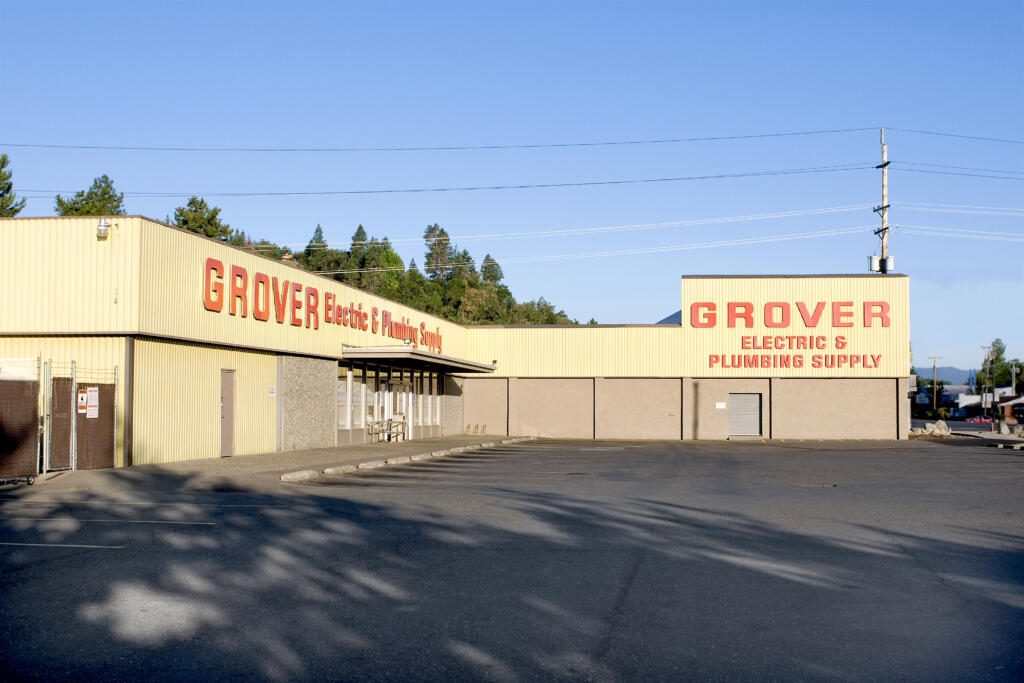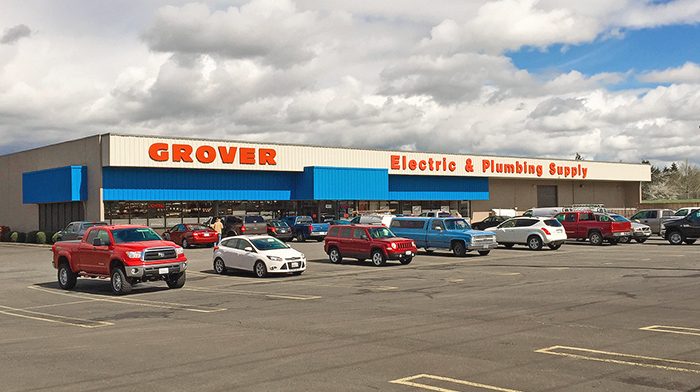Disclaimer: Grover is dedicated to providing helpful information and quality products. However, we are not responsible for any damage or injury resulting from electrical work. Always hire a professional for installation and adhere to local regulations. This guide is designed to give you a foundational understanding of choosing the right electrical service size, but nothing replaces professional advice tailored to your specific situation. We suggest you review Article 220 and the examples in Chapter 9 of the National Electrical Code to obtain more information about service requirements. Also, check with your local governing authorities for more information.
The Importance of Proper Sizing
Electrical service that is too small can lead to frequent circuit breaker trips and potential safety hazards like fires. On the other hand, excessively large electrical service can be unnecessarily expensive, both in installation and energy wastage. So, choosing the right size is about finding the balance that fits your home’s specific needs.Standard Electrical Service Sizes
- 100 Amps: Ideal for smaller homes with fewer electrical demands. Suitable if major appliances like heating and cooking are gas-operated.
- 200 Amps: The most common size for average homes that use a mix of electrical and gas appliances. It comfortably supports modern appliances, including HVAC systems and electric vehicle chargers.
- 400 Amps: Recommended for large homes with high electrical usage, including multiple HVAC units, advanced home automation systems, and additional luxury amenities such as pools and large hot tubs.
Calculating Your Home's Electrical Needs
To accurately determine what size service your home requires, you'll need to calculate the total load of all the electrical devices and appliances you plan to use. Here’s a simplified process based on the 2005 National Electrical Code:- List all your appliances and their wattage. Include lighting, HVAC, kitchen appliances, and any specialty equipment like home theaters or workshops.
- Apply demand factors according to NEC guidelines. This helps adjust the raw total to reflect that not all devices will be operating at full capacity simultaneously.
- Divide the adjusted total by 240 volts to convert the wattage into amperage, which is what service sizes are measured in.
Grover's Simplified Service Size Chart
To help you get started, here’s a basic chart inspired by the NEC guidelines. This chart should be used as a starting point; for detailed planning, consult a professional.| Load Type | Load Calculation Basis | Example Calculation |
| General Lighting/Receptacle | Square footage x 3 Watts/SF | 1,500 SF home x 3 Watts/SF = 4,500W |
| Small Appliance Circuits | Number of circuits x 1,500 Watts | 2 circuits x 1,500 Watts = 3,000W |
| Laundry Circuits | Number of circuits x 1,500 Watts | 1 circuit x 1,500 Watts = 1,500W |
| Fixed Appliances | Nameplate rating | Water Heater = 4,500W |
| HVAC and Heat Pumps | Nameplate rating (100% for heat pump, 65% for supplemental) | AC = 5,000W, Heater (65%) = 3,250W |

